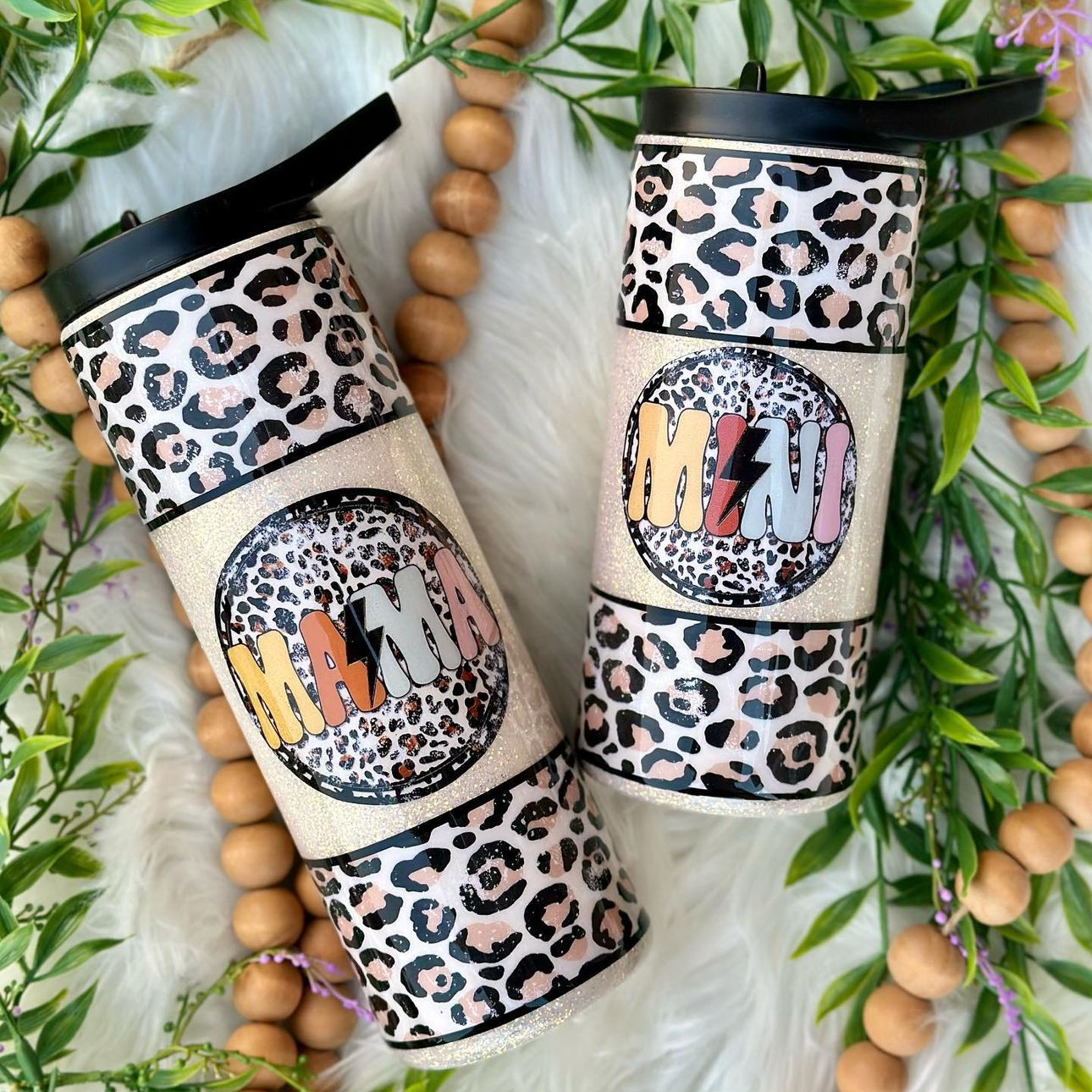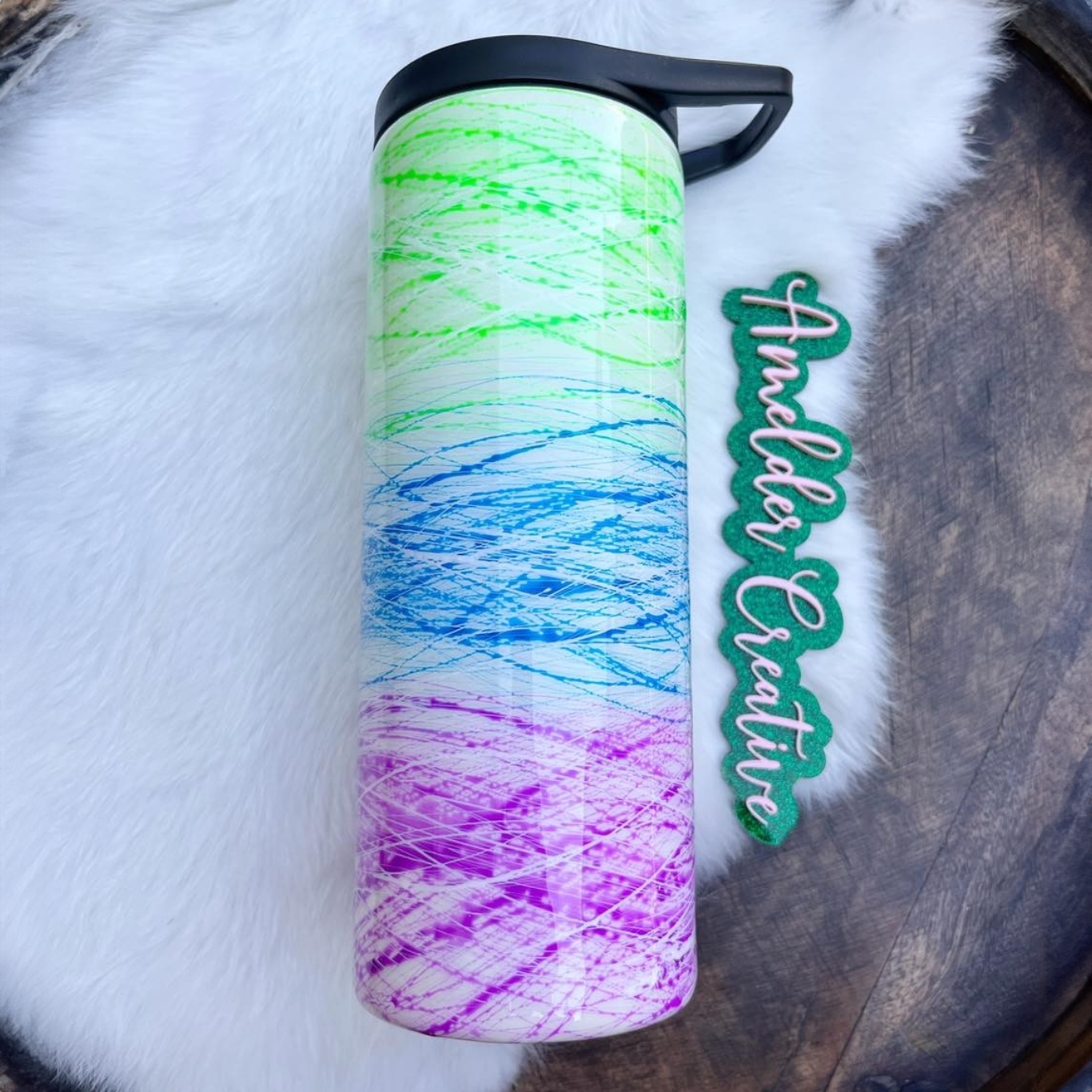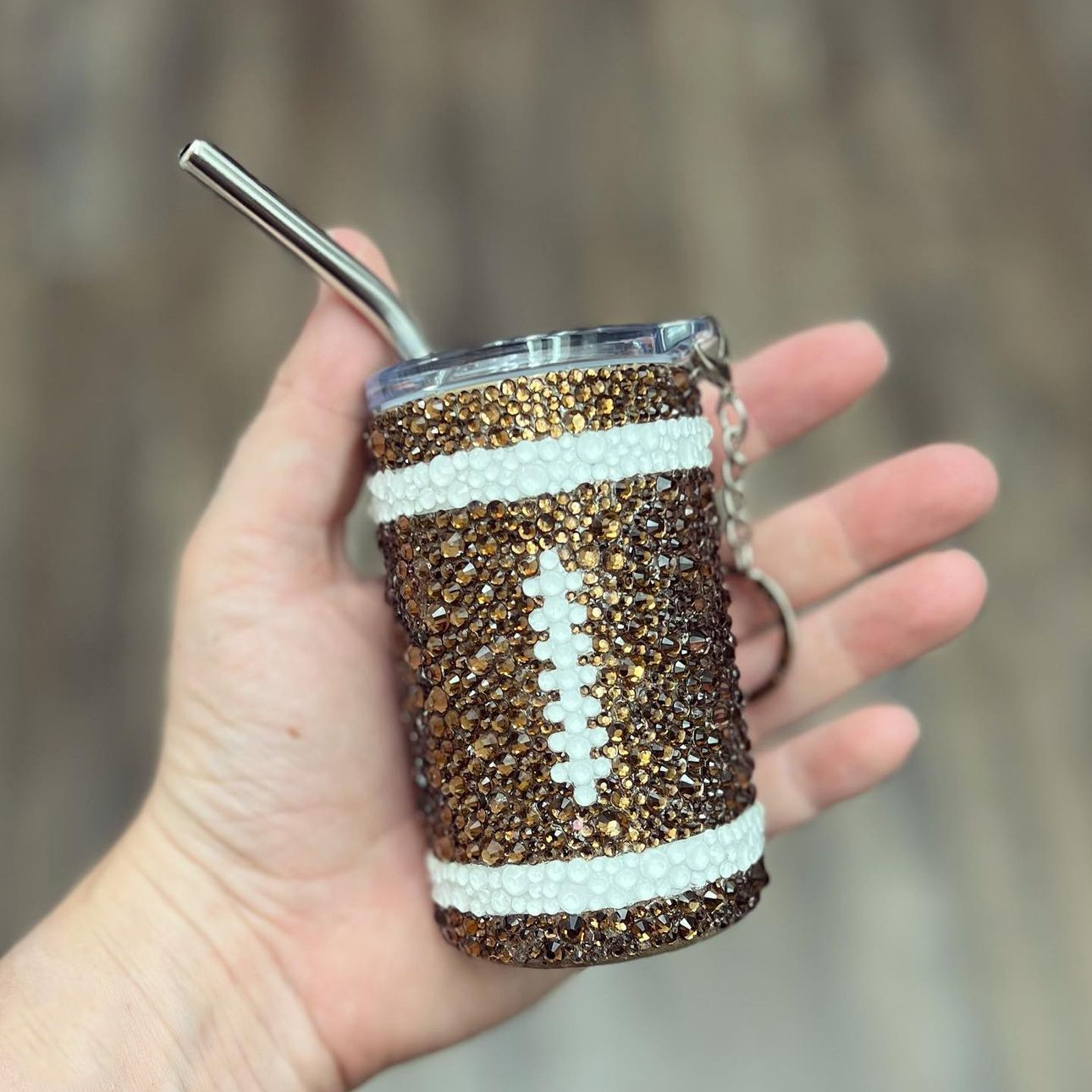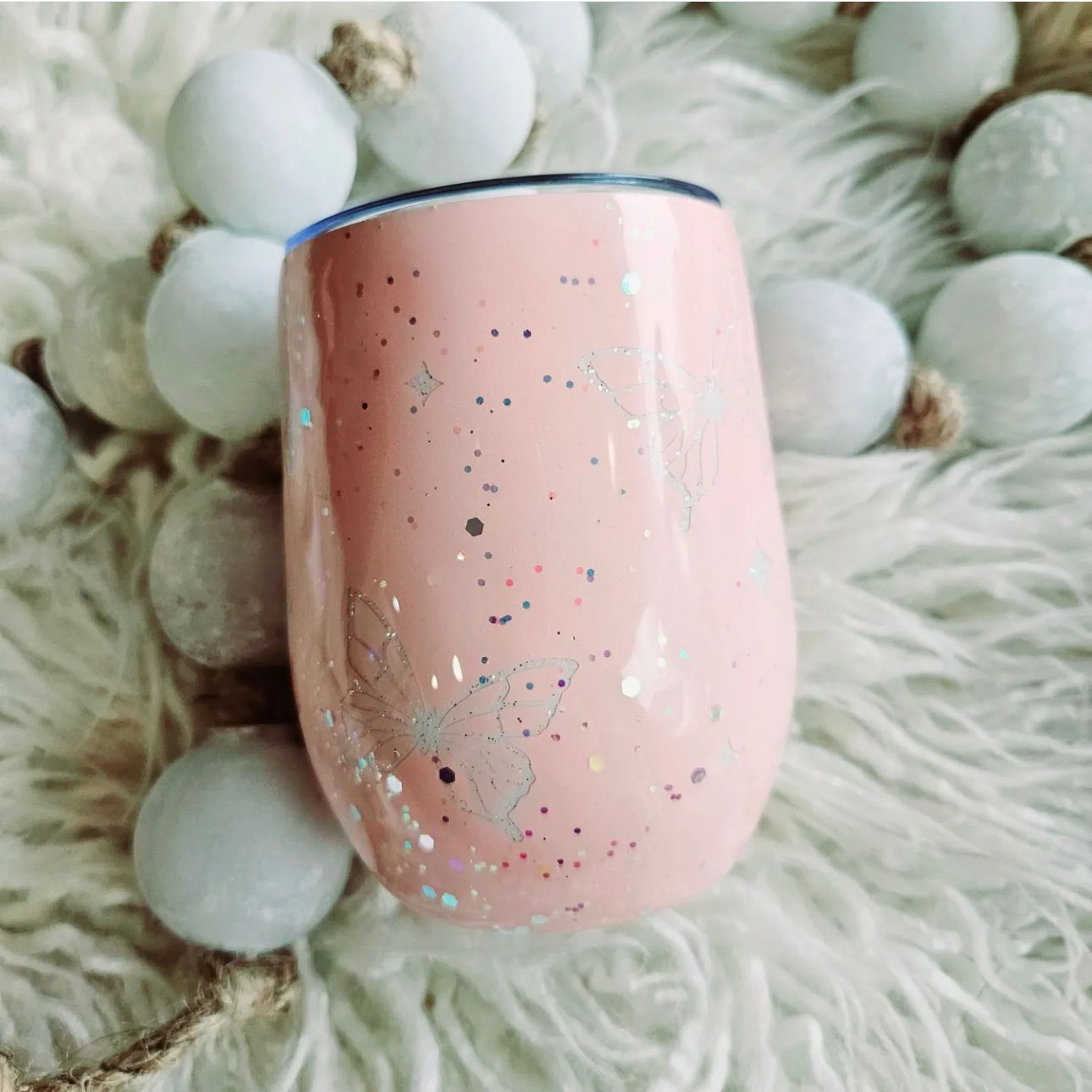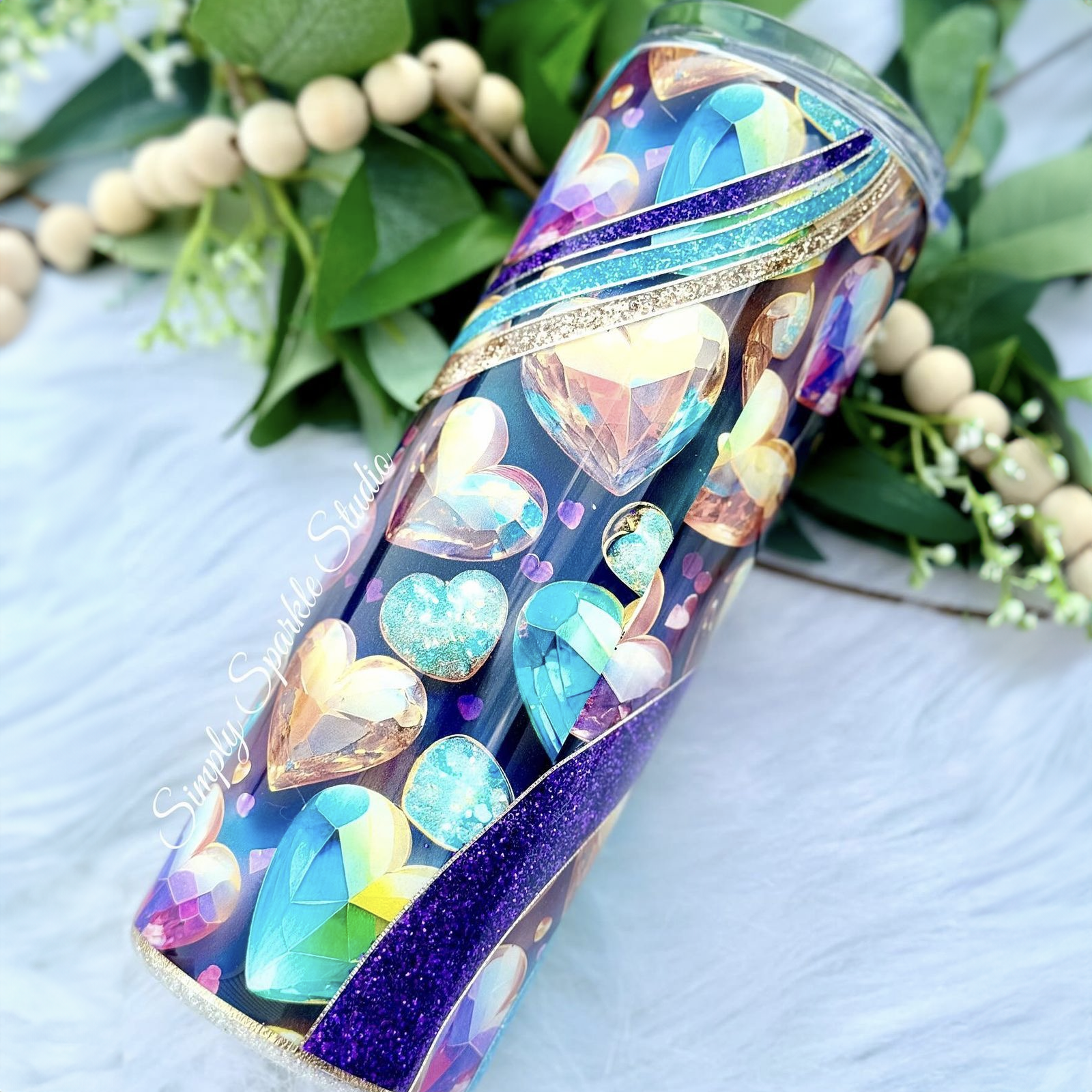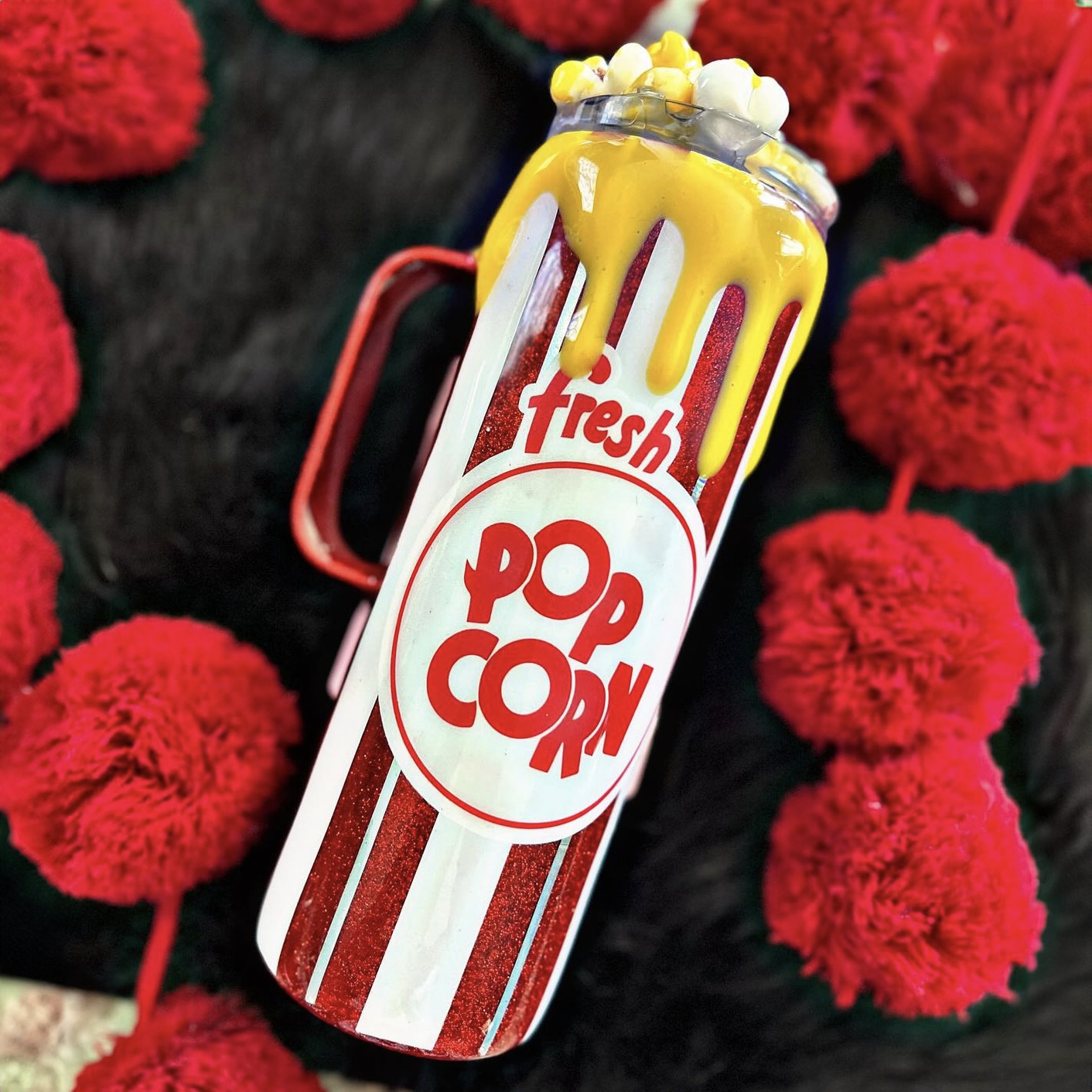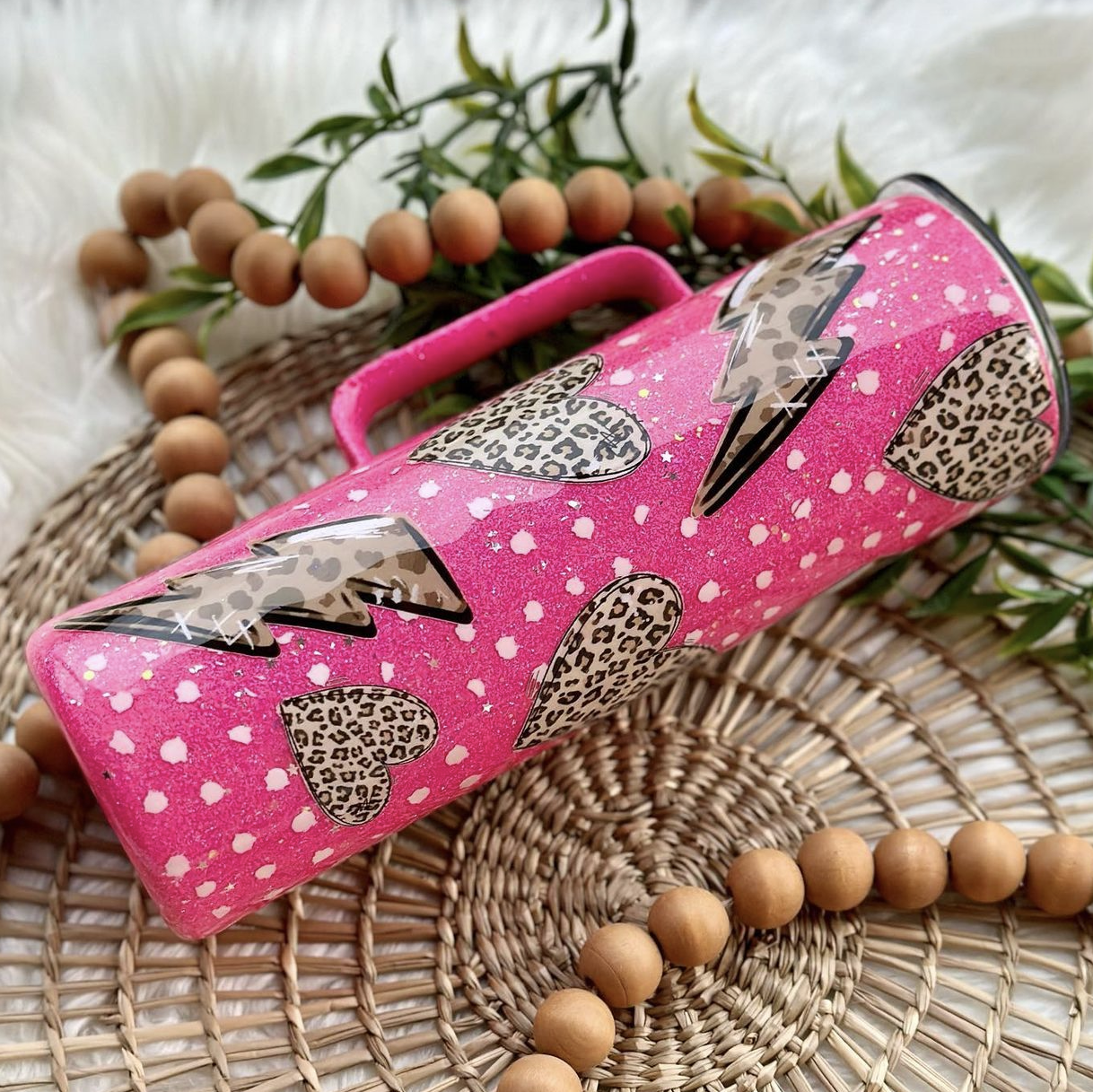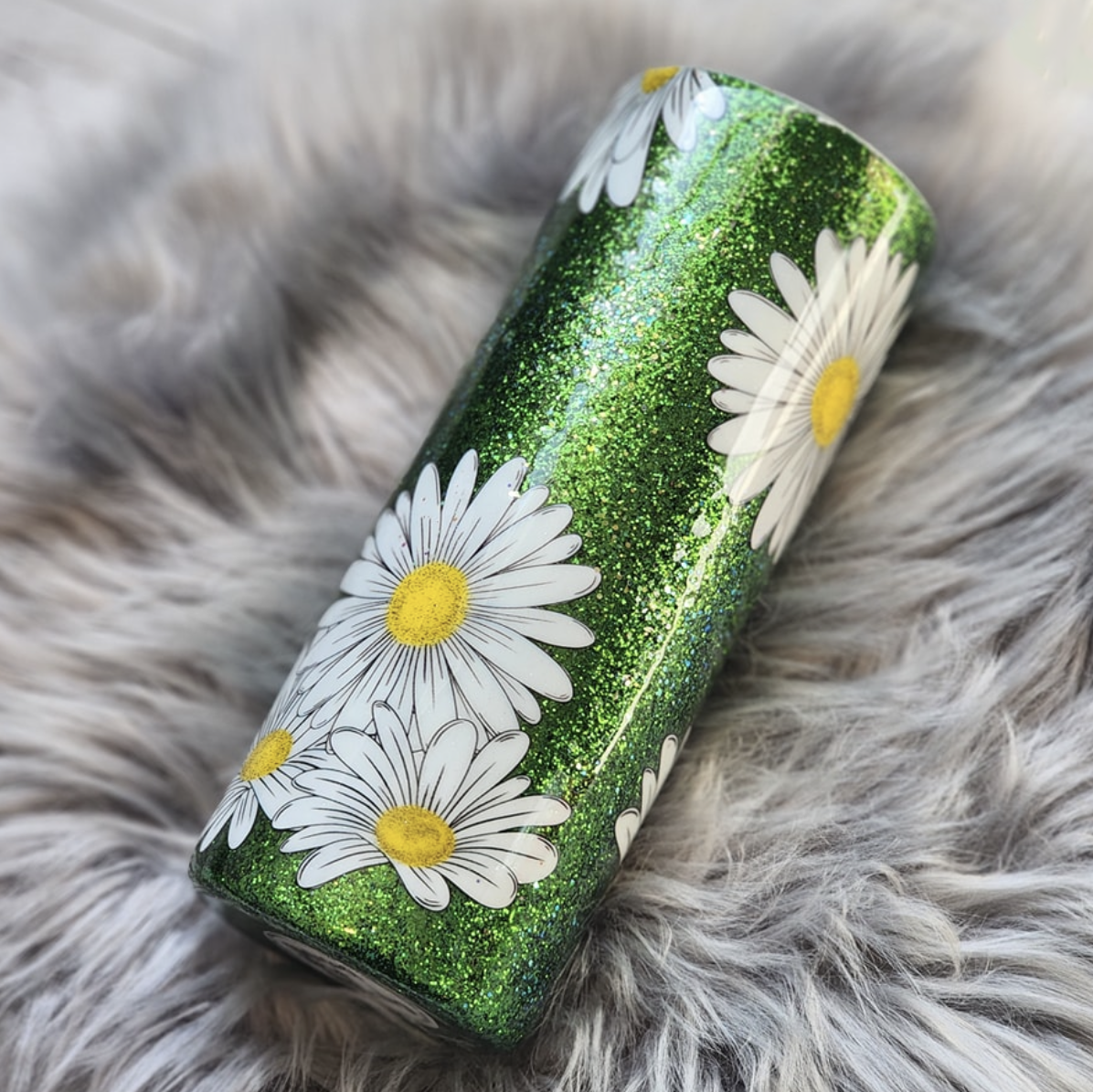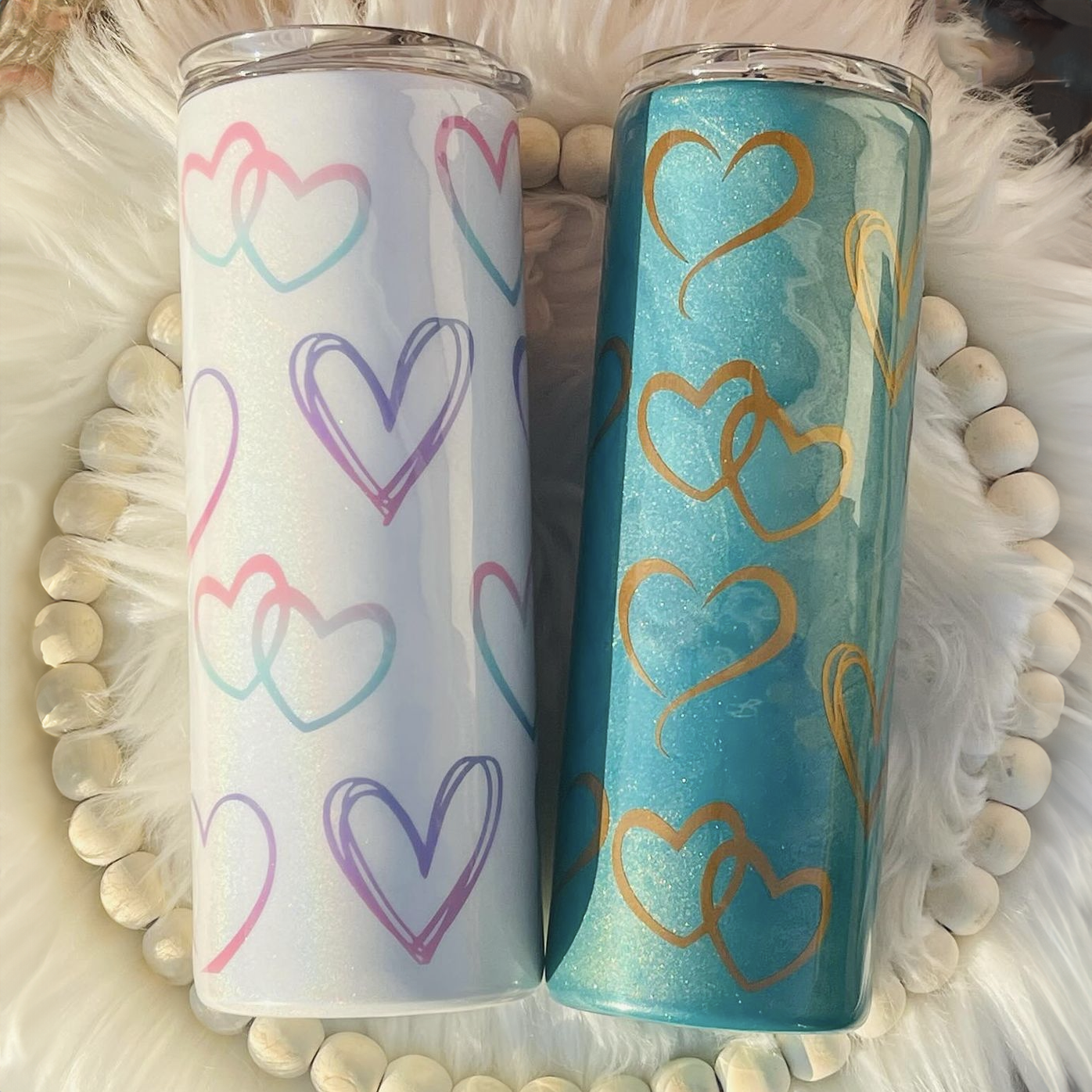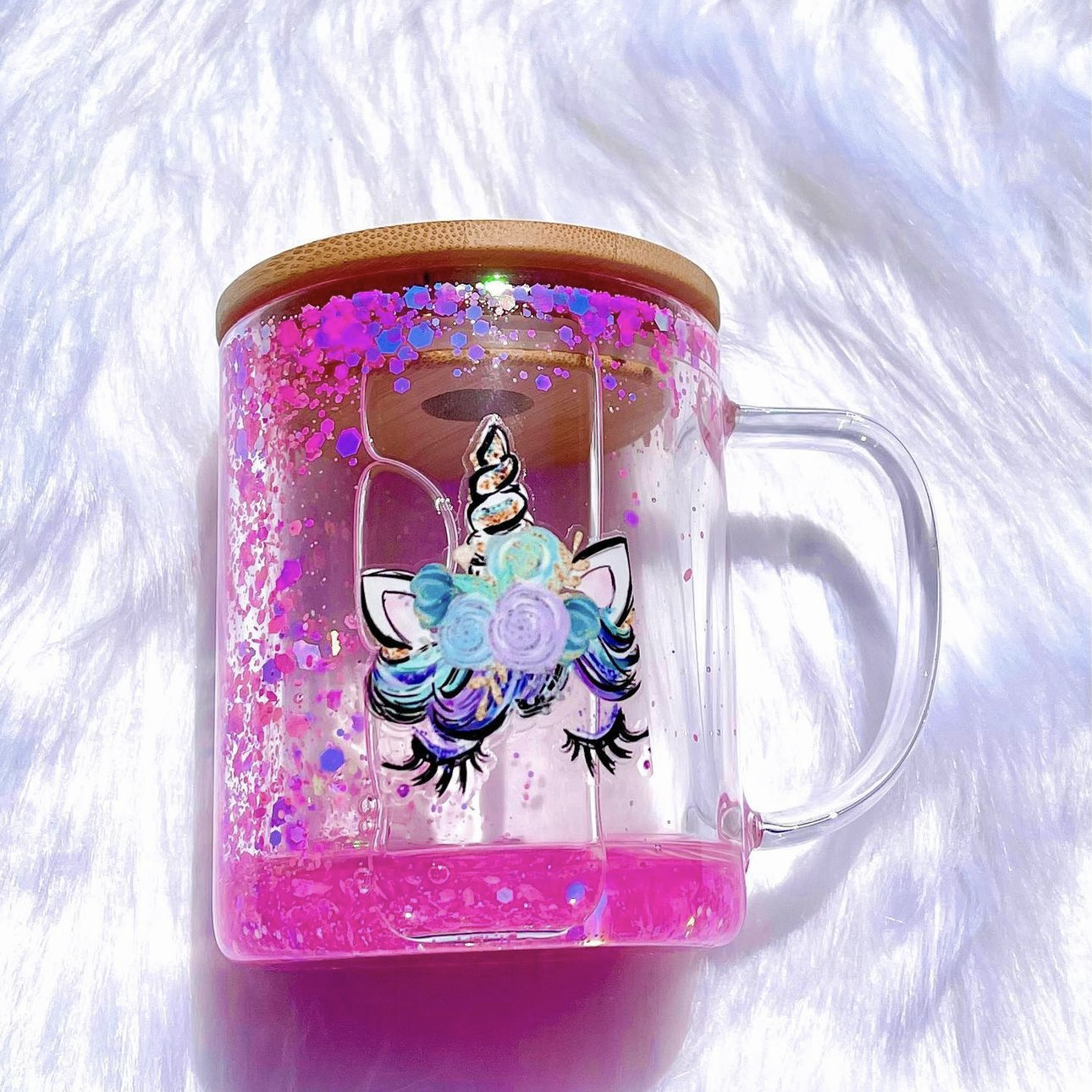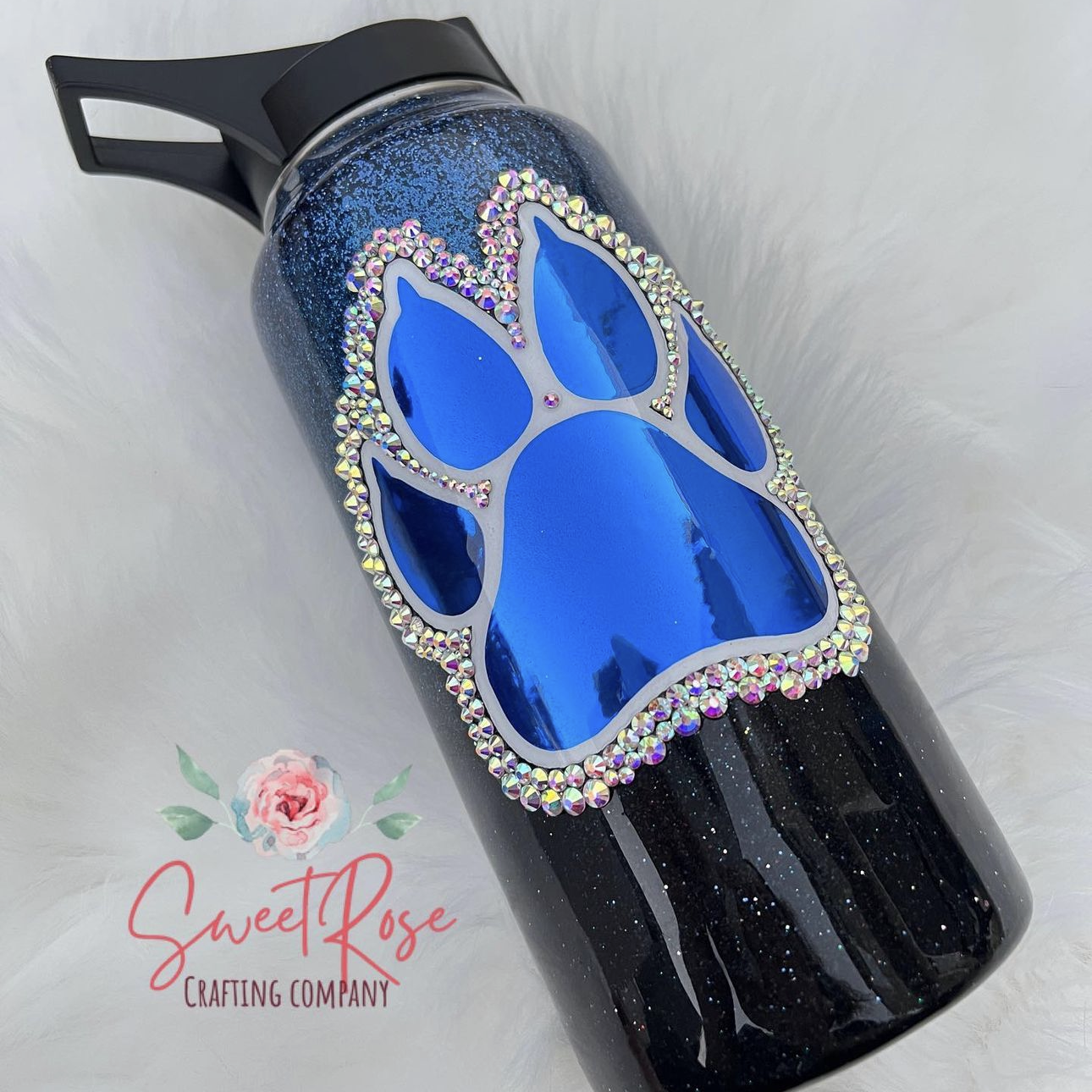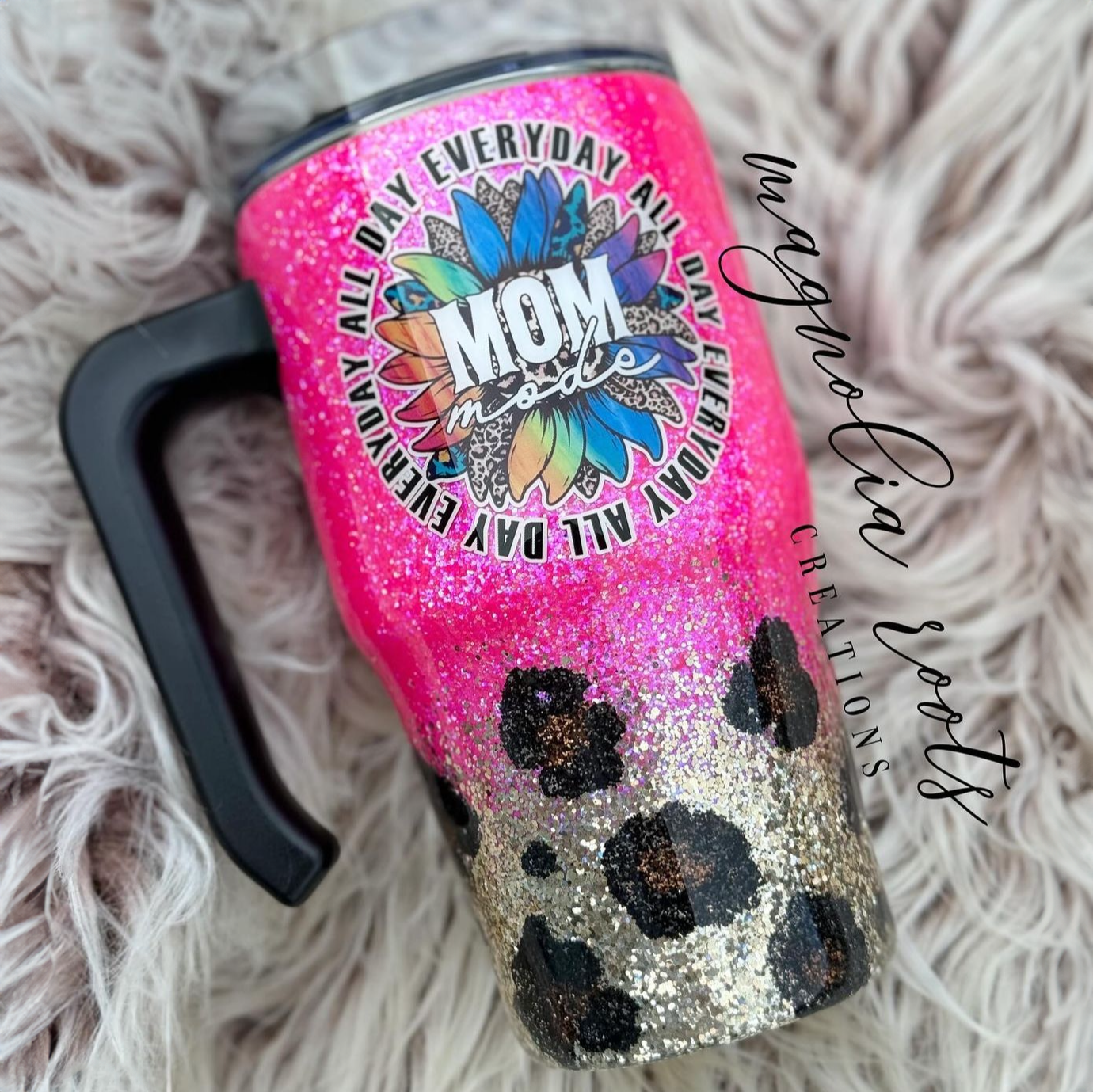
When building a successful tumbler business, you need more than just stellar designs — you need competitive prices that reflect the value of your tumblers.
Finding the right price for your products is like balancing on a seesaw. On one side, you want to set prices that maximize profits, but on the other, you need to set competitive prices that attract discerning customers. Getting your pricing right is like finding that sweet spot that’s perfectly balanced. It’s about finding prices that will attract customers while remaining highly profitable.
Determining the perfect price for your tumblers isn’t a straightforward task. From factoring in material costs to accounting for labor, shipping, and third-party hidden fees, finding the right price can be overwhelming.
This is where the Tumbler Pricing Calculator comes in — it empowers you to calculate the best prices possible. In this guide, we unpack the intricacies of setting the best tumbler prices. We’ll start by unpacking the importance of setting competitive prices. We’ll then discuss the costs associated with constructing, marketing, and distributing your breathtaking creations. Finally, we’ll move on to the formula for setting competitive prices while maintaining a desirable profit margin.
Whether you're a novice dipping your toes into the world of tumbler crafting or a seasoned pro looking to refine your pricing strategies, this guide is here to help you improve your tumbler business!
Why It’s Critical to Set Competitive Prices
Your tumbler prices are more than just numbers — they’re statements. Your prices reflect the value of your work and communicate the quality of your product. They also play a pivotal role in attracting or deterring customers. In this section, we'll explore the critical importance of setting competitive prices.
The Balance Between Profit and Customer Attraction
Finding the right price for your tumblers takes a great deal of balance. On the one hand, you want to ensure that your pricing strategy covers all your costs and provides a reasonable profit margin. On the other hand, if your prices soar too high above the market average, you risk alienating potential customers.
To truly master this balance, you need to research your competitors and understand the prevailing market rates. How do your tumblers stand out, and is there a unique selling proposition that justifies a higher price? For example, perhaps you hand paint your tumblers or offer custom designs.
Alternatively, if you aim to maximize sales volume, you may want to set slightly lower prices to attract a broader customer base. The key is to balance your ambitions with the market's pulse.
Building a Brand Reputation with Fair Pricing
Trust is a commodity that's hard to come by and easy to lose. When customers perceive your prices as fair and reflective of the product's quality, they're more likely to trust your brand. Over time, this trust evolves into loyalty, and loyal customers are worth their weight in gold. They make repeat purchases and become brand ambassadors, spreading the word about your fantastic tumblers.
To cultivate trust, consider being transparent about your pricing. If customers understand the craftsmanship, quality of materials, and effort that goes into each tumbler, they'll be more receptive to the price tag attached.
Importance of Adapting to Market Changes
Like with all products, tumbler prices evolve over time, bringing new challenges and opportunities. As competitors adjust their prices or change their marketing strategies, it's crucial for you to be agile and responsive.
Regularly revisiting your pricing strategy ensures you remain in step with market dynamics. Tools like the Tumbler Pricing Calculator can be invaluable in these situations, helping you quickly reevaluate costs and make necessary price adjustments. Remember, adaptability isn't just an advantage in business — it's a necessity.
Competitive pricing isn't about undercutting or inflating prices arbitrarily. It's a strategic decision influenced by various factors, all working in tandem to ensure your tumblers find their deserving place in the hands of eager customers.
Now that you understand the importance of setting competitive prices, let’s unpack the different components that make up the Tumbler Pricing Calculator.
Cost of Tumbler Materials
Like the ingredients in a gourmet meal, the quality of your tumbler's materials plays a pivotal role in the final product. But sourcing these materials isn't as simple as just picking the best — it's about finding a blend of quality and cost, ensuring that your creations are top-notch and economically viable. Let’s dive into the complex world of material costs and how they shape your tumbler pricing.
Breaking Down the Components of a Tumbler
At first glance, a tumbler might seem like a straightforward item. But when you look closer, you realize it’s a blend of various components, each with its own cost. The primary materials — like stainless steel or ceramic — form the body, while coatings, paints, and even unique embellishments add to its visual appeal.
It’s crucial to source these components sustainably. Sometimes, investing more in a higher-quality material can elevate your tumbler's overall feel and longevity. On the other hand, being cost-effective doesn't necessarily mean compromising quality. With the right supplier and bulk deals, you can achieve a balance that benefits your product and wallet.
Accounting for Waste and Surplus
In a perfect world, every bit of material you purchase finds its way into a finished product. But we all know that’s not always the case. Sometimes, you may inadvertently damage your supplies, or you may update your tumbler designs, leaving you with surplus materials.
It's essential to account for such waste and surplus. Whether incorporating buffer percentages in your calculations or finding ways to repurpose excess materials in innovative designs, being proactive can save materials and money, empowering you to set more competitive prices.
Considering the Cost of Your Labor
Crafting a tumbler isn’t just a transaction of materials — it's a transfer of time, skill, and passion. While it's easy to assign a dollar value to a sheet of stainless steel or a tube of paint, quantifying the countless hours and effort you pour into your work can be more challenging. Let’s discuss the importance of valuing your time and how it impacts the final price of your tumblers.
Understanding the Value of Time
They say, "Time is money," and this saying rings true in the world of crafting. Every minute you spend designing, painting, heating, and finishing a tumbler is like investing in your business. But how do you determine how much these minutes are worth?
Start by benchmarking against industry standards. Understand what other crafters might charge for their time, especially those with similar skills and experience. From there, factor in your unique value propositions. Do you offer designs that are intricate and time-consuming? Do your tumblers require specialized techniques? These nuances can justify a higher labor charge.
Differentiating Skill Levels and Pricing Accordingly
Not all tumbler crafters have equal skills. Some may be novices, still exploring the art, while others might be seasoned artisans with years of experience. Recognizing and pricing according to your skill level are vital.
It's essential to be honest with yourself. If you're just starting out, it might be wise to price a bit lower, focusing on building a client base and receiving feedback. But as you hone your skills, garner reviews, and establish a reputation, it's only fair that your prices reflect your evolving expertise.
Tumbler Shipping and Third-Party Fees
While shipping and third-party fees might not be at the forefront of your mind, they're crucial in ensuring your tumbler reaches its audience in perfect condition. But, they also introduce additional layers to your pricing structure.
The Art and Science of Shipping Costs
Shipping is more than just putting your crafted tumbler in a box and sending it off. It involves understanding weight, dimensions, destination zones, and the delicate balance of speed versus cost.
- Choosing the Right Carrier: Different carriers have different strengths. While some might offer lower rates for local shipments, others could provide better deals for shipping across the United States. It's worth shopping around and considering a mix of carriers to suit various needs.
- Packaging Matters: A beautifully crafted tumbler deserves equally thoughtful packaging, but this doesn’t just mean aesthetics. Protective packaging can save you costs in the long run by reducing damages and returns. Simultaneously, being mindful of weight and size can prevent any surprise shipping fees.
- Offering Shipping Options: While everyone loves fast shipping, some customers might prefer more affordable, slower options. Providing a range of choices ensures you cater to diverse customer needs while highlighting the costs associated with each.
Navigating Third-Party Fees
If you're selling your tumblers through online platforms or marketplaces, third-party fees can be the iceberg you didn’t see coming. These platforms provide exposure and customer traffic but at a price.
- Understanding Fee Structures: Different platforms have varying fee structures. Some might charge a listing fee, while others take a percentage of the sale. Being aware of these details ensures there are no unexpected dents in your profits.
- Factoring in Payment Gateway Fees: Beyond platform fees, payment gateways often charge a fee for processing transactions. While these might seem small on individual sales, they can add up over time.
Untangling the maze of shipping and third-party fees might seem daunting, but with a clear understanding and a strategic approach, you can ensure these costs become a seamless part of your tumbler pricing.
Tumbler Overhead and Operational Expenses
Overhead and operational costs play a pivotal role in determining the price of your finished products. Consider the following expenses that you may need to incorporate into your pricing structure:
- Workspace Costs: The sanctuary where your ideas transform into tangible art may have expenses, especially if you craft tumblers outside of your home. Be it rent, utilities, or even the occasional repair, your crafting space, no matter how big or small, contributes to the overall cost of each tumbler.
- Tools and Equipment Maintenance: From heat presses to design software, the tools you rely on need regular upkeep. Maintenance, upgrades, or even replacements are essential to ensure you produce top-quality work consistently.
- Insurance and Licensing: Protecting your craft and ensuring you operate within legal boundaries can come with associated costs, such as business insurance or licensing fees.
- Unexpected Expenses: In crafting, there's always room for surprises. Setting aside a buffer for unforeseen costs ensures you're always prepared and never caught off guard.
Ensure you consider these often-overlooked expenses when creating your tumbler prices. These costs can add up fast and impact your profit margin.
Marketing and Promotional Costs
Your marketing and promotional costs empower you to showcase your exquisite tumblers to potential buyers. Depending on your marketing strategy, you may want to consider the following expenses:
- Digital Advertising: Today's marketing is mostly digital, and it's imperative to mark your presence online. From social media campaigns to search engine ads, each click brings potential customers closer to your creations.
- Trade Shows and Craft Fairs: Engaging directly with your audience, showcasing your products, and networking with fellow crafters are invaluable. While participation might have its costs, the returns in terms of exposure and feedback are often worth the investment.
- Collaborations and Sponsorships: Partnering with complementary businesses or sponsoring events can be an excellent way to tap into new audiences and enhance brand awareness.
Diving into marketing and promotions is much like embarking on a new crafting project. It requires creativity, strategy, and a keen understanding of your audience. You can reach a wider customer base by allocating resources wisely and adjusting your prices accordingly.
Desired Profit Margin: Crafting Your Financial Future
Many tumbler crafters overlook a vital ingredient for success: the profit margin. Your desired profit margin serves as a reflection of your aspirations and the value you place on your artistry.
Profit margin is the percentage difference between the selling price of your tumbler and the cost it took to make it. It's a beacon that guides your pricing strategy, ensuring you're adequately rewarded for your efforts.
Additionally, your profit isn't just for your pocket — it's fuel for your business's growth. Whether sourcing better materials, investing in new equipment, or expanding your range, your profit margin dictates the pace at which you can evolve.
While it might be tempting to aim for sky-high margins, striking a balance is vital. Consider market trends, competitor pricing, and your brand's positioning before settling on a number. You should also regularly review and adjust your prices based on feedback, market dynamics, and your business needs.
The Tumbler Pricing Calculator Formula
Crafting is an art, a dance of colors, textures, and designs. But when it comes to pricing your masterpieces, navigating the myriad costs can feel like trying to paint a mural with a single brush stroke — overwhelming and unclear. Enter the Tumbler Pricing Calculator. Think of this tool as your personal assistant, meticulously noting every expense, ensuring your pricing is competitive and reflective of the love and labor you invest in each piece.
The basic tumbler pricing formula is:
(Material Costs + Labor Costs + Shipping and Fees + Overhead and Operational Expenses + Marketing and Promotional Costs) × (1 + Desired Profit Margin) = Selling Price
This formula may seem confusing at first, but let’s unpack it with an example. Let’s say that a tumbler entrepreneur named Jessica aims to use the pricing formula to find competitive and lucrative prices for her tumblers. First, she’ll consider her expenses:
- Material Costs: Jessica spends $5 on materials for each tumbler.
- Labor Costs: She estimates her time to craft each tumbler is worth $10.
- Shipping and Fees: On average, Jessica spends $3 on shipping, and the platform she uses charges a fee of $2 per sale.
- Operational Overheads: Monthly, Jessica spends $200 on her workspace, utilities, and tools. Given she produces about 50 tumblers a month, her overhead cost per tumbler is $4.
- Marketing Expenses: Jessica has set aside $100 monthly for online ads and promoting her brand. This equates to $2 per tumbler.
- Desired Profit Margin: Jessica wants a 20% profit on each sale. Within the formula, she’ll list her desired profit margin as .20.
Now that Jessica has calculated all of her expenses associated with crafting her tumblers, she’ll input each within the tumbler pricing calculator formula:
($5 + $10 + $3 + $2 + $4 + $2) x (1 + 0.20) = $31.20. So, for Jessica to cover her costs and achieve her desired profit margin, she should price her tumblers at $31.20 each.
With this example, it's clear how the Tumbler Pricing Calculator Formula isn't just theoretical — it's a practical tool ensuring tumbler entrepreneurs like Jessica price their creations with confidence and clarity.
Chart Your Course to Tumbler Triumph!
Throughout this article, we've dived deep into the essentials of tumbler pricing, discussing the importance of each element, from raw materials to marketing costs. You can then use each of these elements within the tumbler pricing calculator formula to calculate reasonable prices. It’s more than just a math equation — it's a structured approach to accurately valuing your hard work and ensuring sustainable profit margins.
This tool equips you to make informed pricing decisions while ensuring the longevity and success of your tumbler enterprise.
Want to connect with fellow tumbler entrepreneurs? Join our Facebook Group for valuable insights, discussions, and community support. Remember to follow HOGG Outfitters on Instagram to stay updated on the latest trends and news. Your journey in the tumbler business doesn't have to be solo — there's a whole community waiting to welcome and guide you. Join us today!



